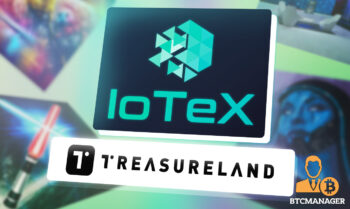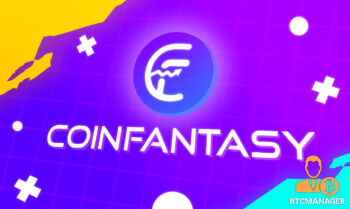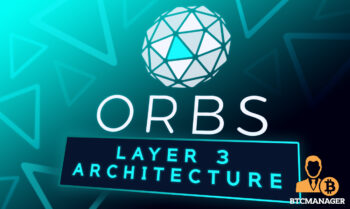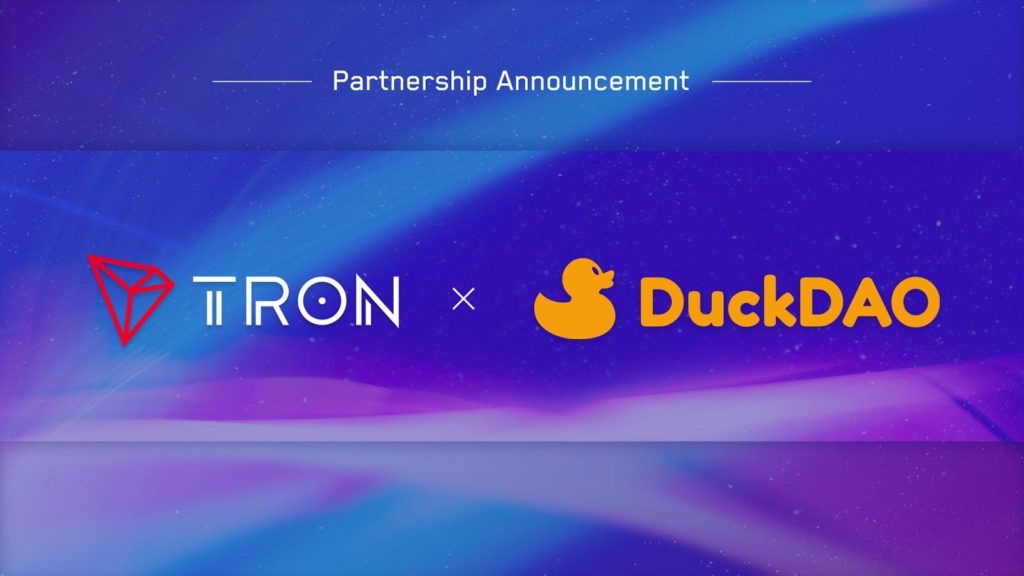2022-9-2 19:53 |
Blockchain’s stature is growing exponentially. Business spending on blockchain is predicted to be $11.7 billion by Q4 of 2022 and one of the prime factors for this is the increased importance of data integrity, security, decentralization, and reliability in operations. As more businesses and people start to grow aware of blockchain’s transformative potential, it is undoubtedly said to reach new milestones.
Web 3.0 firms have been spearheading innovations in the crypto space and are germinating Blockchain into the very heart of organizations’ business processes and are adding significant value in enterprise solutions. Several DLT ecosystems and applications have emerged to meet the niche needs of industries and offer solutions to a range of use cases.
Despite this, blockchain is yet to witness mass adoption.
Part of this slow adoption can be attributed to the technology’s inherent traits: that it occurs very gradually until 8-10% before exploding in usage. However, a major cause of this holdup can be attributed to the fact that blockchains and dApps lack the ability to connect, transfer data and interact with other chains. This is known as ‘interoperability’.
Interoperability: The Tipping Point To Mass AdoptionBlockchains, as they stand today, are self-contained ecosystems. Each chain is independent, has its own set of codes, and is not readily readable by another blockchain.
Practically, this means that the features and benefits of blockchain ‘A’ are available to users who ‘lock in’ to chain A’s ecosystem. Users would not be able to access their data (like assets, holdings, files, and value) on any other chain.
This could not only cause centralization of access and control in a particular blockchain but also deprive the user of the benefits that another blockchain may be able to offer.
And that is why Interoperability matters. It lets one blockchain communicate, read the data from another blockchain and share information.
Enterprises have multifarious needs in any given transaction that necessitate multiple networks working in tandem with each other. As the report by the World Bank and IMF highlights, there is an imminent need for blockchain interoperability in the context of business operations and the digitalization of trade and e-commerce.
Especially in the realm of decentralized finance, having opportunities to access value across chains can allow liquidity pools to be adequately utilized. Take for instance cross-chain protocols like Konstellation, which aim to efficiently connect funds across chains.
All in all, Inter-Blockchain Communication (IBC) will allow chains and on-chain applications across networks to interoperate securely without the need for one-on-one integration and expensive costs. Interoperability allows leveraging the best of all worlds by horizons of application and helping blockchain reap its true potential.
Towards A Collaborative, Interconnected FutureIn an effort to close the gap between the various blockchains, an increasing number of interoperability initiatives such as Polkadot and Cosmos have emerged. They want to make it easier for networks to interconnect and make sure that decentralization is completely realized.
IBC can enable the direct use of assets locked in one network in another without impairing each others’ economic prospects in industries like DeFi.
In that vein, Konstellation has stepped into the DeFi ring with a strong purpose: to allow cross-chain liquidity in the capital markets segment.
The project aims to enhance the composability of DeFi markets, make crypto assets more accessible, and the transfer of assets between chains smoother. Their platform will unite the fragmented segments of the blockchain industry, be it NFTs, cryptocurrency liquidity, or other crypto assets. KONSTELLATION Network is a blockchain protocol, built on Cosmos Network SDK, creating a global infrastructure for the future of the decentralized capital markets.
origin »
High Performance Blockchain (HPB) на Currencies.ru
|
|























